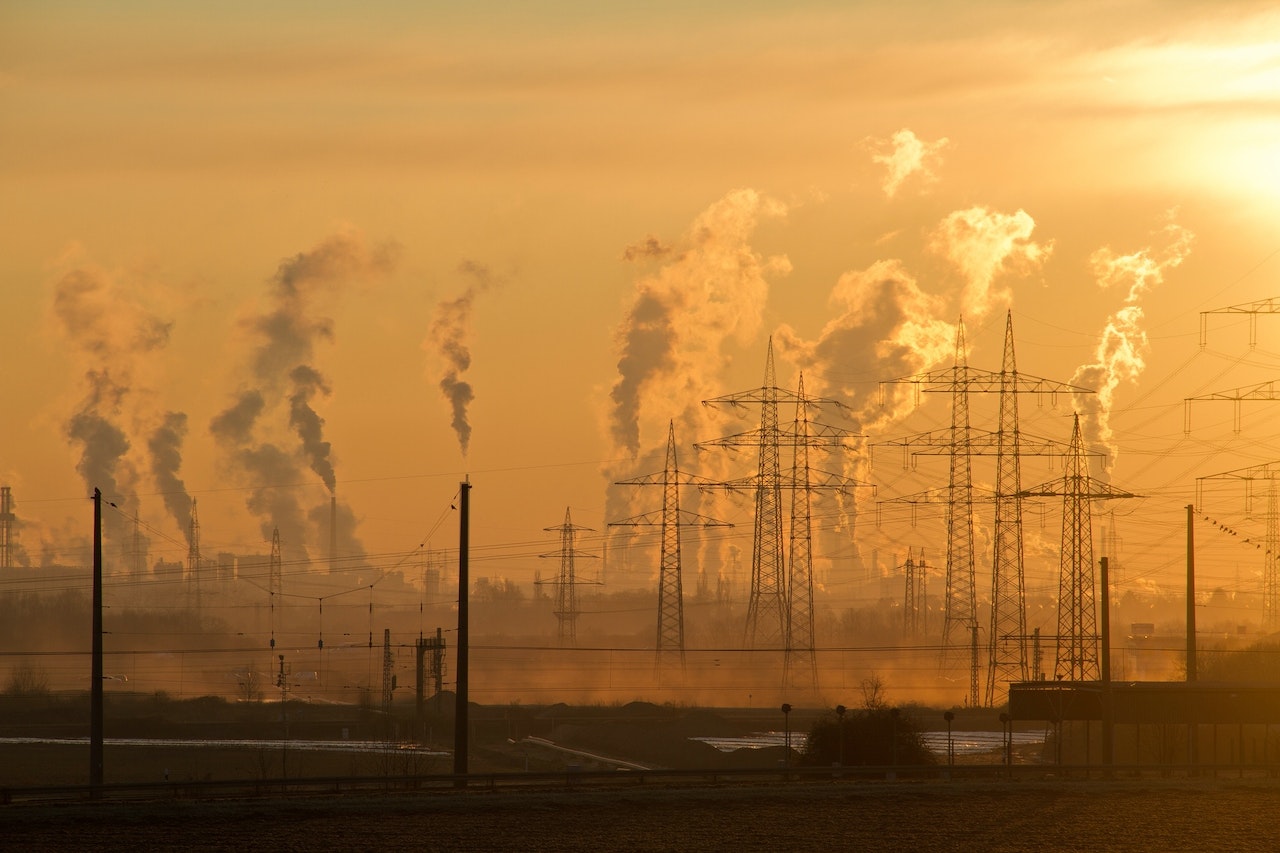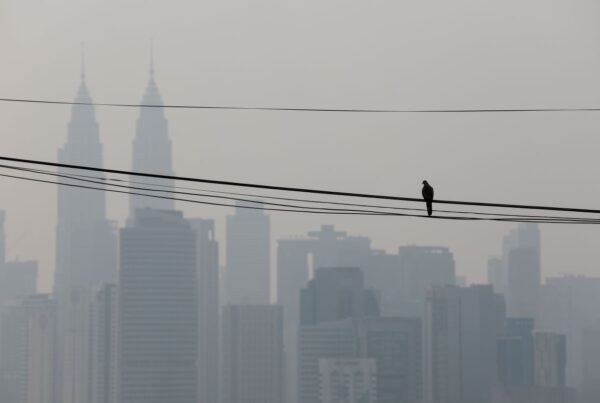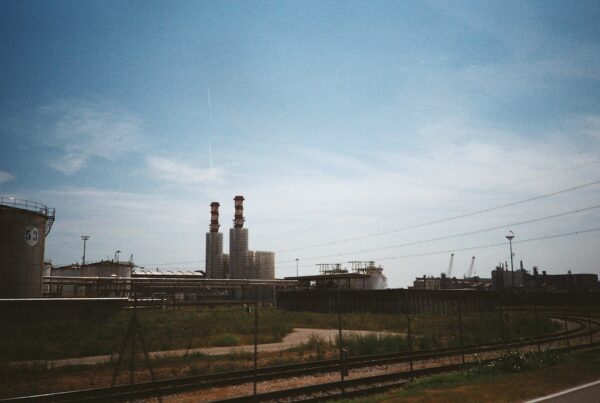Abstract
In the early days of abundant resources and minimal development pressures, little attention was paid to growing environmental concerns in Malaysia. The haze episodes in Southeast Asia in 1983, 1984, 1991, 1994, and 1997 imposed threats to the environmental management of Malaysia and increased awareness of the environment. As a consequence, the government established Malaysian Air Quality Guidelines, the Air Pollution Index, and the Haze Action Plan to improve air quality. Air quality monitoring is part of the initial strategy in the pollution prevention program in Malaysia. Review of air pollution in Malaysia is based on the reports of the air quality monitoring in several large cities in Malaysia, which cover air pollutants such as Carbon monoxide (CO), Sulphur Dioxide (SO2), Nitrogen Dioxide (NO2), Ozone (O3), and Suspended Particulate Matter (SPM). The results of the monitoring indicate that Suspended Particulate Matter (SPM) and Nitrogen Dioxide (NO2) are the predominant pollutants. Other pollutants such as CO, Ox, SO2, and Pb are also observed in several big cities in Malaysia. The air pollution comes mainly from land transportation, industrial emissions, and open burning sources. Among them, land transportation contributes the most to air pollution. This paper reviews the results of the ambient air quality monitoring and studies related to air pollution and health impacts.
Introduction
Sources of air pollution
The three major sources of air pollution in Malaysia are mobile sources, stationary sources, and open burning sources. For the past 5 years, emissions from mobile sources (i.e., motor vehicles) have been the major source of air pollution, contributing to at least 70–75% of the total air pollution. Emissions from stationary sources generally have contributed to 20–25% of the air pollution, while open burning and forest fires have contributed approximately 3–5%. According to the Department of the
Air quality in Malaysia
Ambient air quality standards identify individual pollutants and the concentrations at which they become harmful to the public health and the environment. The standards are typically set without regard to economic feasibility for attainment. Instead, they focus on public health, including the health of “sensitive” populations such as asthmatics, children and the elderly, and public welfare, including protection against decreased visibility and damage to animals, crops, vegetation, aquatic
Ambient air quality monitoring
In the early days of Malaysia, development and growth were not planned; they were initiated according to the needs and pressures of the time. Consequently, this haphazard development has resulted in negative impacts on the environment as a whole and on air quality in particular (Sham, 1994). Earlier, Sham (1979) pointed out that the atmospheric pollution problem is becoming more serious, as there is always a potential for the occurrence of inversion in the valley. In anticipation of the
Air pollution studies in Malaysia
In Malaysia, few studies have been conducted on air pollution. Most of them are related to the 1997 haze episode. In most years, the Malaysian air quality was dominated by the occurrence of dense haze episodes. From July to October 1997, Malaysia was badly affected by smoke haze caused by land and forest fires. Previous incidents of severe haze in the country were reported in April 1983 (Chow and Lim, 1983), August 1990 (Cheang, 1991; Sham, 1991), June and October 1991 (Cheang, 1991), and
Health impacts of air pollution in Malaysia
There are possible short-term and long-term health effects of exposure to air pollution. In the short term, high levels of air pollution lead to an acute condition. In addition, blockage of sunlight may promote the spread of harmful bacteria and viruses that would otherwise be killed by ultraviolet B (Beardsley et al., 1997). The possible long-term health effects of exposure to air pollution are unknown and difficult to detect. Components of smoke haze, including polycyclic aromatic
Conclusions
Studies related to air pollution conducted in Malaysia have been few. It is already 23 years since the Environmental Quality (Clean Air) Regulations 1978 were introduced in the country. Many strategies, such as recycling, changes in engineering control equipment, and air cleaning systems, have been applied to improve air quality. Many studies can be conducted to evaluate the strengths, weaknesses, the impacts of the country’s adopted, regulations, programs, and strategies.






